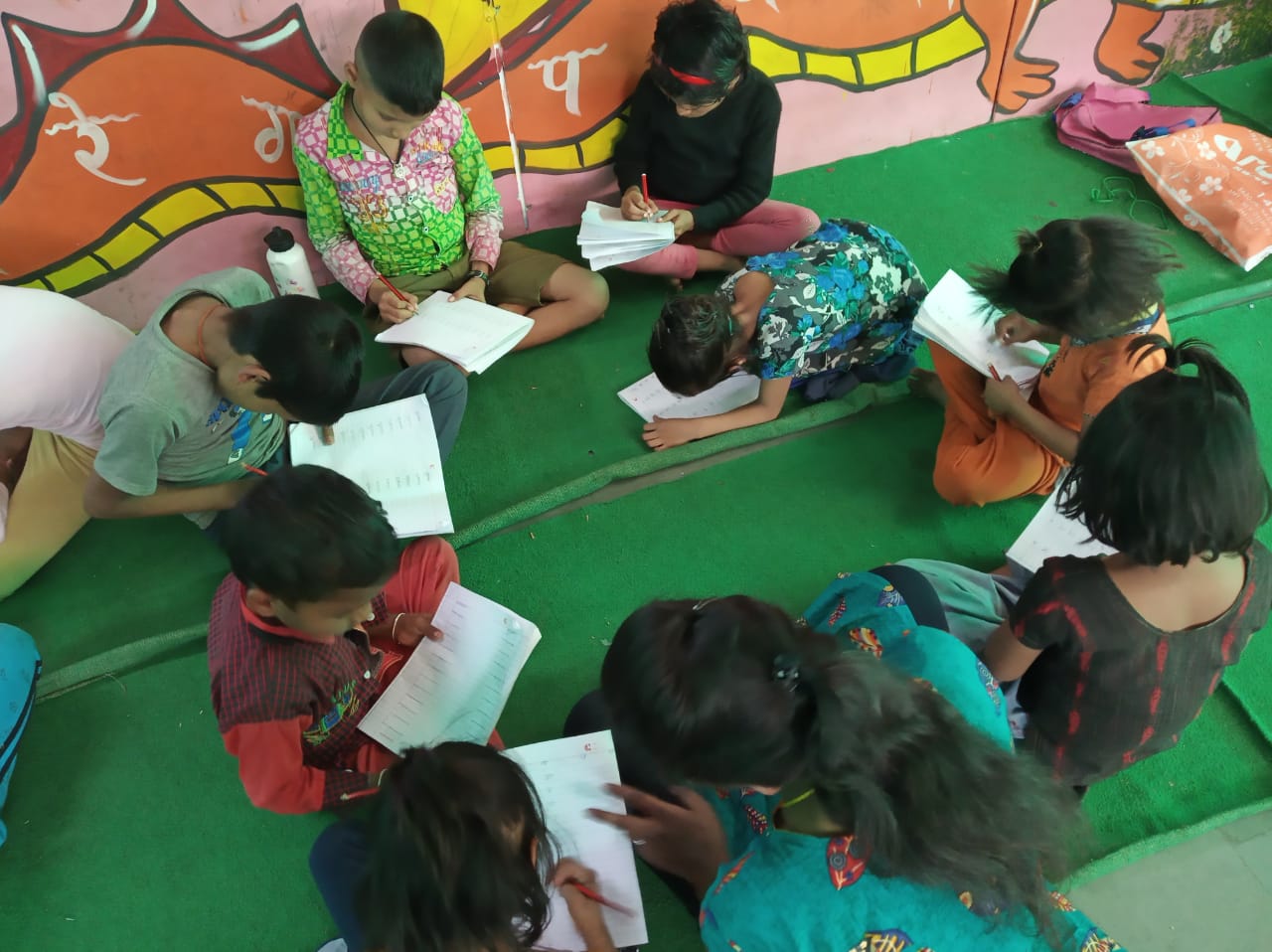The policy aims to facilitate learning for all students, with special emphasis on Socio-Economically Disadvantaged Groups (SEDGs), and thus wishes to broaden the scope of school education to facilitate multiple pathways to learning involving both formal and non-formal education modes. The policy understands the importance of both forms of education modes and how they are critical to the growth of the nation’s youth. It is for the first time that a policy has addressed the non-formal education mode and its importance. Thus, I believe we are moving in the right direction, and with proper implementation, this policy could act as the groundbreaking reform that this sector was in dire need of.
One of the most notable parts of the policy is Section 6: Equitable and Inclusive Education – Learning for All. The key highlights stated in this section are as follows:
- 1. Education is the single greatest tool for achieving social justice and equality. The education system must aim to benefit India’s children so that no child loses any opportunity to learn and excel because of circumstances of birth or background.
- 2. While the Indian education system and successive government policies have made steady progress towards bridging gender and social category gaps in all levels of school education, large disparities still remain – especially at the secondary level – particularly for socio-economically disadvantaged groups that have been historically underrepresented in education. While overall enrolments in schools decline steadily from Grade 1 to Grade 12, this decline in enrolments is significantly more pronounced for many of these SEDGs, with even greater declines for female students within each of these SEDGs and often even steeper in higher education.
- 3. In addition, there have been various successful policies and schemes such as targeted scholarships, conditional cash transfers to incentivize parents to send their children to school, providing bicycles for transport, etc., that have significantly increased participation of SEDGs in the schooling system in certain areas. These successful policies and schemes must be significantly strengthened across the country.
- 4. It is recommended that regions of the country with large populations from educationally-disadvantaged SEDGs should be declared Special Education Zones (SEZs), where all the schemes and policies are implemented to the maximum through additional concerted efforts, in order to truly change their educational landscape.
- 5. It must be noted that women cut across all underrepresented groups, making up about half of all SEDGs. Unfortunately, the exclusion and inequity that SEDGs face is only amplified for the women in these SEDGs. The policy additionally recognizes the special and critical role that women play in society and in shaping social mores; therefore, providing a quality education to girls is the best way to increase the education levels for these SEDGs, not just in the present but also in the future generations. The policy thus recommends that the policies and schemes designed to include students from SEDGs should be especially targeted towards girls in these SEDGs.
- 6. In addition, the Government of India will constitute a ‘Gender-Inclusion Fund’ to build the nation’s capacity to provide equitable quality education for all girls as well as transgender students.
- 7. Free boarding facilities will be built in school locations where students may have to come from far, and particularly for students who are from socio-economically disadvantaged backgrounds, with suitable arrangements for the safety of all children, especially girls.
- 8. Ensuring the inclusion and equal participation of children with disabilities in ECCE and the schooling system will also be accorded the highest priority. Children with disabilities will be enabled to fully participate in the regular schooling process from the Foundational Stage to higher education.
All the above policies and measures are absolutely critical to attaining full inclusion and equity for all SEDGs – but they are not sufficient. What is also required is a change in school culture. All participants in the school education system, including teachers, principals, administrators, counsellors, and students, will be sensitized to the requirements of all students, the notions of inclusion and equity, and the respect, dignity, and privacy of all persons. Such an educational culture will provide the best pathway to help students become empowered individuals who, in turn, will enable society to transform into one that is responsible towards its most vulnerable citizens. Inclusion and equity will become a key aspect of teacher education (and training for all leadership, administrative, and other positions in schools); efforts will be made to recruit more high-quality teachers and leaders from SEDGs in order to bring in excellent role models for all students.
About the Author


Manik loves to spend time with his family, listening inquisitively to the stories his grandparents share. He has always been passionate about helping society and thus gave up his Investment Banking career to pursue his passion. Having majored in finance, he wishes to increase financial literacy and awareness in the country.

